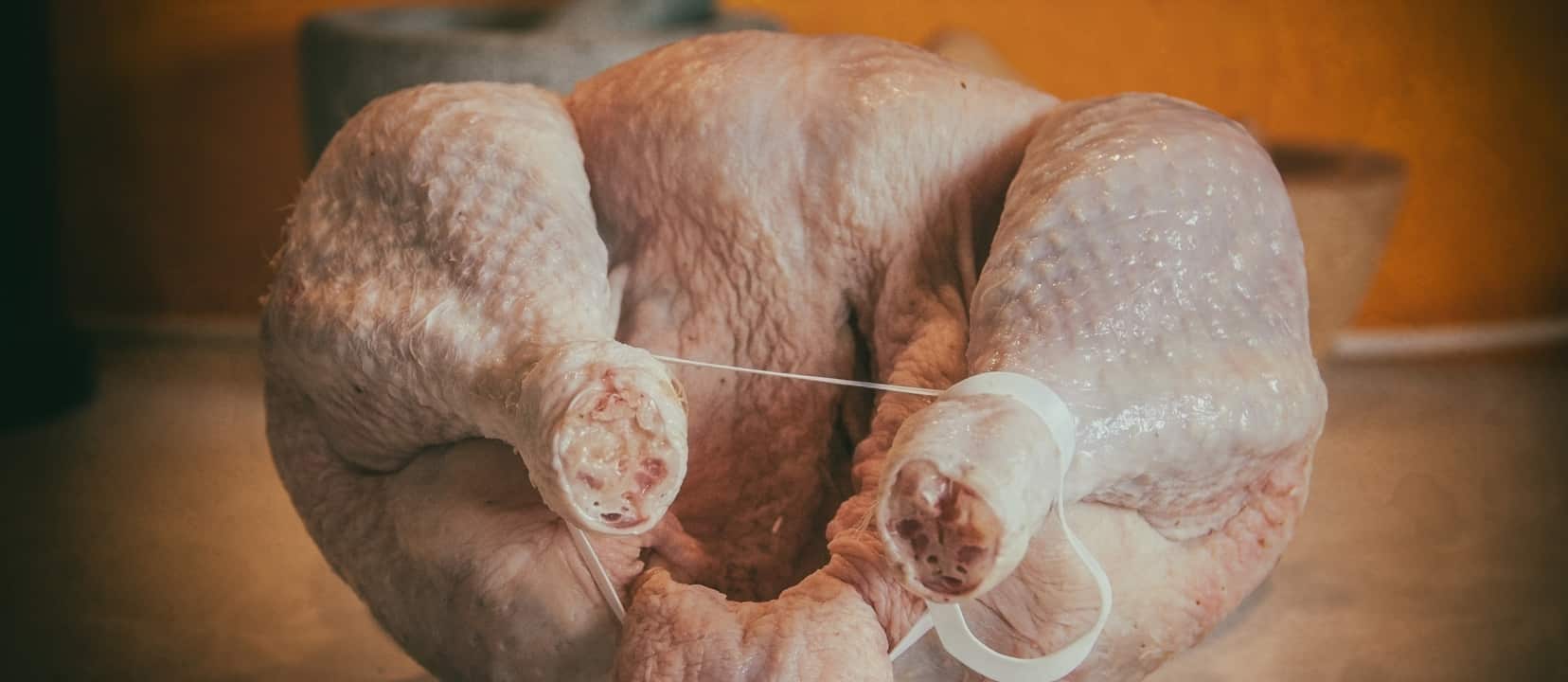A natural sugar called trehalose may trigger a cellular housekeeping process that cleans up excess fat buildup inside liver cells, according to a study published in the journal Science Signaling.Trehalose may help people with a fatty liver. Nonalcoholic fatty liver disease (NAFLD), which affects around a quarter of the US population, is closely linked to obesity. There is no drug treatment for the disease, but weight loss can reduce the buildup of fat. Fructose is thought to be a major contributor to the disease, and high-fructose corn syrup is used in soft drinks and many processed foods. Studies have shown…
Trehalose may help people with a fatty liver.
Nonalcoholic fatty liver disease (NAFLD), which affects around a quarter of the US population, is closely linked to obesity.
There is no drug treatment for the disease, but weight loss can reduce the buildup of fat.
Fructose is thought to be a major contributor to the disease, and high-fructose corn syrup is used in soft drinks and many processed foods.
Studies have shown that NAFLD develops as the liver strives to process dietary sugar.
Dietary sugar also has a negative impact on obesity, insulin resistance, high blood pressure and other markers of metabolic syndrome.
Effects of fructose and trehalose
Excess fructose is stored in the liver as triglycerides, a kind of fat that can ultimately reach toxic levels, potentially necessitating a liver transplant.
Fast facts about NAFLD
- “Fatty liver” is when the liver contains 5-10% or more fat
- Not only obesity and diabetes, but rapid weight loss and poor diet can also cause NAFLD
- NAFLD can cause swollen liver, liver cancer and liver failure.
Trehalose is a natural sugar that is found in plants and insects. It is approved by the Food and Drug Administration (FDA) for human consumption.
Dr. Brian J. DeBosch, PhD, a pediatric gastroenterologist, from St. Louis Children’s Hospital in Missouri, and colleagues previously found that GLUT8, a protein on the surface of liver cells, is needed for mice to develop fatty livers in response to a high-fructose diet.
Knowing that GLUT8 carries large amounts of fructose into liver cells, they wanted to find out what might block GLUT8.
Trehalose was chosen, as it had been studied in relation to neurodegenerative disorders such as prion disease or amyotrophic lateral sclerosis, known as Lou Gehrig’s disease.
In mice with these disorders, trehalose appears to cause brain cells to swallow up the abnormal proteins that accumulate. The team hypothesized that the same might happen for fat buildup in liver cells.
To examine this further, they fed mice a high-fructose diet plus drinking water that contained 3% trehalose.
Decrease in body weight, cholesterol, fatty acids and triglycerides
The researchers found evidence that trehalose completely blocks the development of a fatty liver.
At the end of the study, the mice had a lower body weight, and the circulating levels of cholesterol, fatty acids and triglycerides had fallen.
Trehalose appears to block the transport of energy in the form of sugar into liver cells, effectively starving the cells. This triggers a process called autophagy, or self-eating, in which the cell consumes the fat that it stores.
The team describes autophagy as a kind of “house-cleaning” process, which may occur in response to the stress of too much fat or protein buildup, or a lack of energy.
DeBosch believes this treatment strategy could have potential beyond neurodegenerative and metabolic diseases, and he expects to see further interest among researchers, especially regarding its hijacking of cell-signaling pathways.
He explains: “Autophagy plays numerous roles in the body, ranging from healthy development to involvement in cancer and autoimmunity. The hope is that by studying this ‘nutraceutical’ and its actions, we can uncover and then leverage its important cellular activities to halt or reverse disease.”
However, the process can also drain cells of proteins, sugars and other waste.
DeBosch cautions:
“I can’t recommend it to my patients yet. We know the mice that received drinking water with 3% trehalose lost weight, and we suspect that weight loss was due to loss of fat, but we can’t be certain that’s the only effect. We need more studies to make sure they were not losing bone or muscle mass.”
The researchers emphasize the need for more research prior to carrying out clinical trials of trehalose in people with NAFLD.
In the meantime, DeBosch advises his patients to avoid foods with added fructose, especially sugar-sweetened beverages.
Medical News Today reported last year that a sedentary lifestyle may be linked to nonalcoholic fatty liver disease.
Source: Trehalose sugar may help prevent fatty liver disease : Medical News Today




